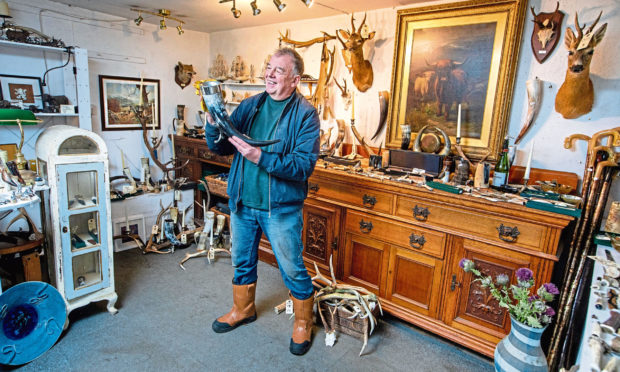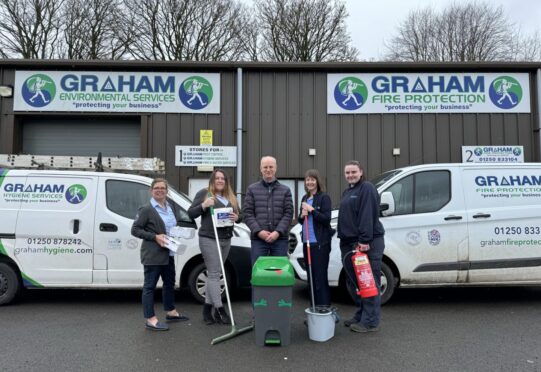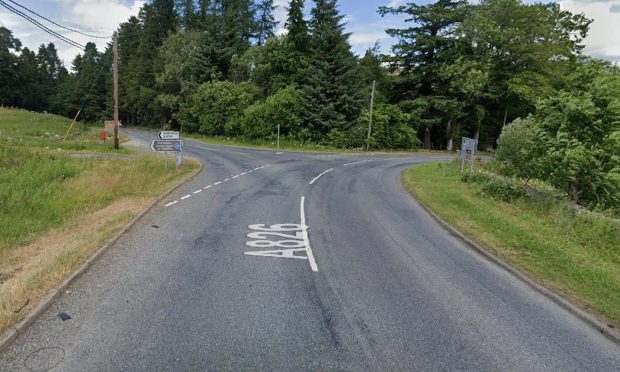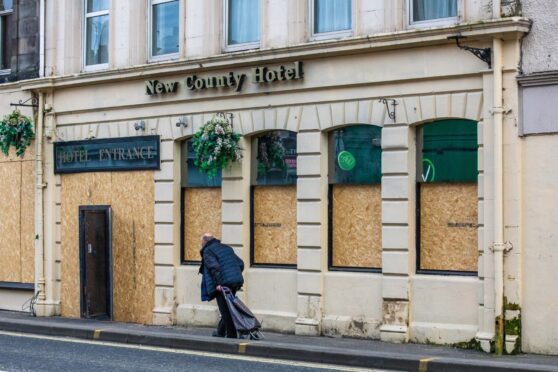A Perthshire craftsman who is one of the last people in the UK to carve horn and antlers for a living believes the 5th Century tradition still has a future.
John Lacey, 64, has been carving implements such as spoons, knife handles and whistles for nearly 40 years.
He learnt his skills from father-in-law Cameron Thomson, 95, who started a workshop in Lawers, Perth and Kinross, in 1959.
Dad-of-two John has worked there for 36 years and fell into it by accident.
Horn carving is listed as endangered by the Heritage Crafts Association, but John believes that antlers and horns are natural resources to be used.
The horn or antler is prepared by cutting, heating and moulding, before it’s sanded and then polished – and it can take John just 30 minutes to make a spoon.
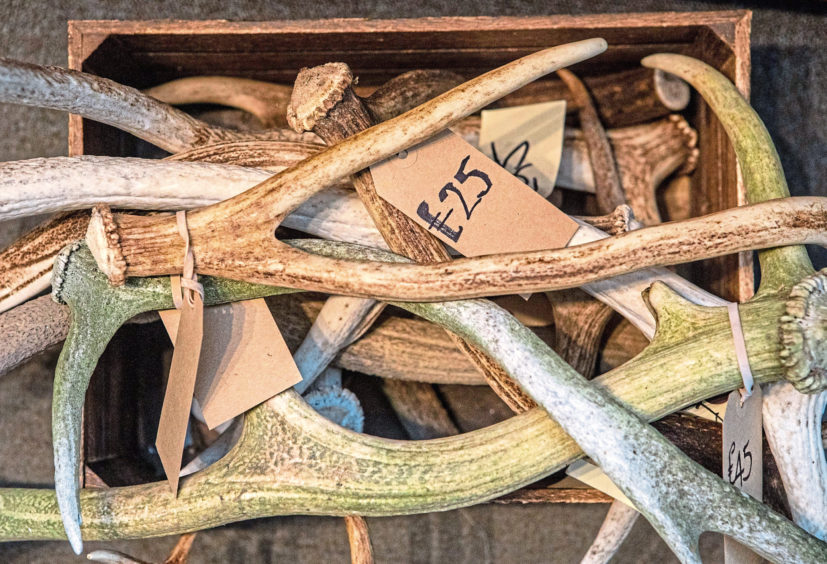
John said: “I’m one of a handful of horn carvers left in Scotland.
“But there are people who have a go at it and there’s still an interest in it.
“I hope people carry on the craft and I believe it’ll always be here because the materials will be.
“There’s plenty of antler round here and they fall off every year.
“But you never know what’s round the corner.”
In the Middle Ages horn carving workshops were commonplace across the UK.
However, a lack of raw materials like cattle and ram horn, due to breeding and importation issues, as well as recruitment and skills shortages have hampered the craft.
The introduction of cheaper materials like plastic also made carving products out of horn less popular, and now carvers make more luxury items.
Grandfather-of-three John said: “It takes a bit of time.
“You need to manually cut the things.
“It probably takes about half-an-hour to make a spoon.
“The whistles and spoons are popular but the walking sticks and shepherd’s sticks aren’t as popular as they used to be.
“I’ve been doing it for nearly 40 years.
“Once I got married I drifted into it.
“It was my father-in-law that did it before.
“We work with horn and antler and make spoons, whistles and knife handles.”
John has no plans to retire soon, and is considering whether he would take on a trainee to give the craft a boost.
He added: “There’s nobody else here – I’m just a one-man band.
“I’m not training anyone up at the moment, but perhaps in the future.
“I don’t think I’ll be retiring anytime soon.”
